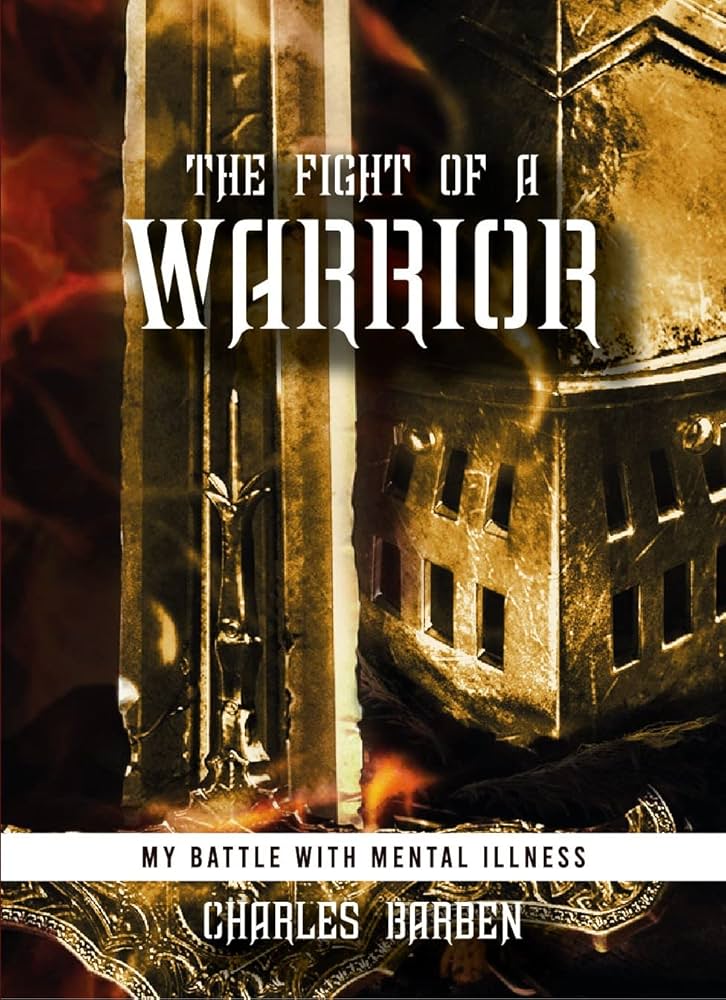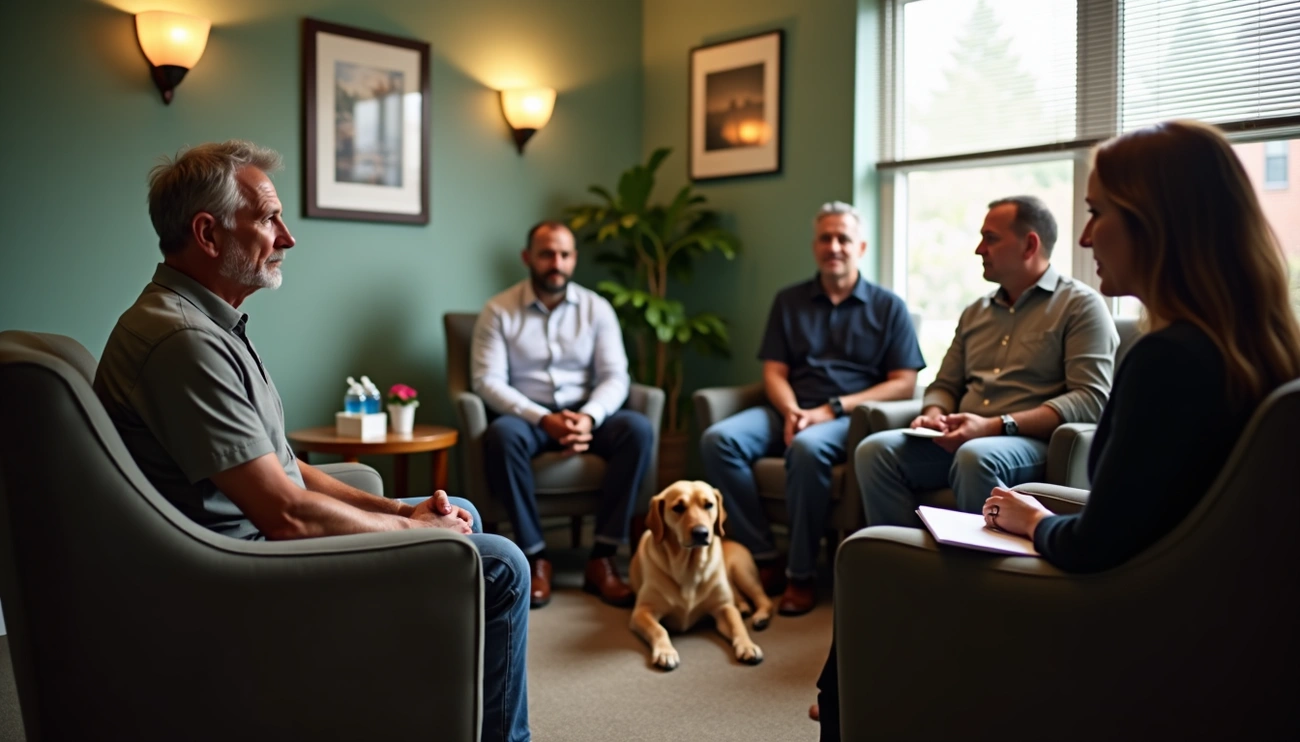PTSD affects up to 30 percent of veterans who served in Iraq and Afghanistan. This creates an urgent need for effective veteran PTSD programs throughout the country. The situation becomes more challenging because nearly 40 percent of veterans diagnosed with PTSD live in rural communities where resources are scarce. We understand the challenges of navigating support systems as veterans ourselves.
The Rand Corporation’s research shows that veterans and active military personnel often hesitate to seek mental health care. This makes available programs even more vital. VA services helped over 500,000 veterans with PTSD in 2012 alone. This number demonstrates the high demand for specialized assistance. Treatment options have expanded through innovative approaches like the Intensive Clinical Program. These services became available to Vietnam era Veterans in 2017. This piece explores detailed resources available to veterans with PTSD – from VA benefits to specialized programs that address the unique needs of those who served our country.
Understanding PTSD and Its Impact on Veterans
Image Source: U.S. Army
“Rapport, trust, and safety are the most important features that can cultivate sustained recovery.” — Kevin Rumley, Coordinator, Buncombe County Veterans Treatment Court; U.S. Marine Corps veteran
PTSD in military personnel results from traumatic events that leave lasting psychological scars. The condition affects approximately 7% of all veterans. Female veterans show higher rates at 13% while their male counterparts experience it at 6%.
Traumatic experiences like combat exposure, military sexual trauma (MST), and training accidents can lead to PTSD in veterans. Studies show that deployment increases PTSD risk substantially. Deployed veterans are three times more likely to develop this condition than those who haven’t deployed.
PTSD comes with four distinct types of symptoms. Veterans experience unexpected flashbacks and distressing memories as part of re-experiencing symptoms. They tend to avoid people, places, or situations that trigger traumatic memories. Feelings of hopelessness or emotional distance from loved ones demonstrate negative thoughts and moods. Veterans also remain constantly on guard, struggle with sleep, and startle easily due to heightened arousal.
PTSD takes a heavy toll on veterans’ daily lives. Depression occurs three to five times more often in those with PTSD. Healthcare costs for veterans with PTSD run 3.5 times higher than those without it. These veterans make up 20% of all suicides in the United States.
Key Veteran Assistance Programs for PTSD
Image Source: VA.gov
The VA provides detailed support systems to help veterans who deal with service-related mental trauma. VA runs about 250 residential rehabilitation treatment programs across 120 locations nationwide that can serve more than 6,500 veterans. These programs use an all-encompassing approach to treat PTSD while taking care of medical issues and social needs.
Veterans can access nearly 200 specialized PTSD treatment programs that use proven therapies if they need less intensive care. The VA’s 300+ Vet Centers have helped more than 110,000 veterans through 1.2 million visits in 2023 alone. These centers are a great way to get confidential support outside medical settings, which works well when veterans worry about stigma.
VA’s TeleMental Health services have revolutionized care accessibility, and 54% of outpatient mental health services happen virtually now. This service works exceptionally well for rural veterans who couldn’t easily access care before.
The Wounded Warrior Project’s Warrior Care Network has supported more than 5,000 veterans through two-week accelerated brain health programs, and 95% of participants recommend it to others. Peer support groups may not be clinical treatment, but they give veterans valuable connections with others who understand their trauma.
Navigating Benefits and Accessing Support
“There is no silver bullet approach. Individuals who are healing describe having a diverse community of support, a variety of supports from different organizations and/or people available to them, and prioritizing activities on a daily basis that promote healthy mind and body connection.” — Nicole French, Director of Programs, Veterans Bridge Home; Licensed Clinical Social Worker
Veterans need to understand how VA claims for PTSD work to get their benefits. The process requires three key elements: a current PTSD diagnosis, proof of what happened during service, and a doctor’s confirmation linking these together. The VA assigns [disability ratings from 0-100%](https://vaclaimsinsider.com/va-ptsd-ratings-explained/). Monthly payments in 2025 start at $175.51 for 10% ratings and go up to $3,831.30 for 100% ratings.
The VA’s Specially Adapted Housing (SAH) grant helps veterans modify their homes. Veterans can receive up to $121,812 for improvements like soundproofing or security upgrades. A smaller option, the Special Home Adaptation (SHA) grant, provides up to $24,405 for basic modifications. Veterans can use both grants in six separate payments over their lifetime.
Several programs help veterans facing money troubles. The Veterans of Foreign Wars gives emergency grants up to $2,500 for basic needs. The Disabled Veterans National Foundation provides $1,000 to help with rent and utility bills.
Veterans with service-connected disabilities that affect their work can turn to the Veteran Readiness and Employment (VR&E) program. This program helps them find new jobs or get additional training.
These benefit systems can be complex. Organizations like the National Veterans Legal Services Program offer free legal help with disability claims, discharge upgrades, and benefit applications.
Conclusion
PTSD doesn’t end when veterans come back home. This piece explores how post-traumatic stress disorder affects military personnel and the support network built to help them. VA’s residential rehabilitation programs and telehealth services now reach veterans in rural areas that didn’t have access before.
The progress is encouraging, but many veterans still don’t ask for help. Stigma and complex benefit systems keep them away. This hesitation leads to higher suicide rates and poor well-being among veterans. Getting veterans connected to the right resources is vital to their recovery.
The VA and Wounded Warrior Project take an all-encompassing approach to PTSD treatment. They understand that healing involves the whole person. Peer support groups are a great way to get help. Veterans can share their stories with others who understand their challenges firsthand.
Financial help programs work alongside therapy to address everyday concerns. Housing changes, emergency money, and career support create a strong base for recovery.
Veterans need to know they’re not alone and deserve all the support they can get. The system might look complex at first, but getting help brings more benefits than the effort it takes to find it. Each veteran’s experience with PTSD is different, and they all need care that honors their service and meets their specific needs.
We know as fellow veterans how much courage it takes to face PTSD and ask for help. Taking that first step is tough, but many success stories show recovery is possible. The road ahead might seem unclear, but these programs offer real hope and practical support to veterans ready to start healing.
Key Takeaways
Veterans struggling with PTSD have access to comprehensive support systems, but understanding available resources and taking action is crucial for recovery.
• PTSD affects up to 30% of Iraq/Afghanistan veterans, with female veterans experiencing higher rates (13%) than males (6%), making specialized treatment programs essential.
• VA operates 250+ residential programs and 200+ specialized PTSD treatment centers, plus telehealth services that now provide 54% of mental health care virtually.
• Disability ratings from 0-100% determine compensation, ranging from $175.51 monthly for 10% ratings to $3,831.30 for 100% ratings in 2025.
• Housing grants up to $121,812 and emergency financial assistance up to $2,500 help veterans address practical barriers to recovery and daily living needs.
• Early intervention and peer support significantly improve outcomes, with 95% of Wounded Warrior Project participants recommending their accelerated brain health programs to others.
The key to successful PTSD treatment lies in combining clinical care with practical support services. Veterans should not navigate these complex systems alone—free legal assistance and peer support networks provide crucial guidance throughout the recovery journey.
FAQs
Q1. What are the main symptoms of PTSD in veterans? The main symptoms of PTSD in veterans include re-experiencing traumatic events through flashbacks or nightmares, avoiding situations that trigger memories, experiencing negative thoughts or moods, and feeling constantly on edge or easily startled.
Q2. How can veterans access PTSD treatment through the VA? Veterans can access PTSD treatment through VA Medical Centers, Vet Centers, specialized PTSD programs, community-based outpatient clinics, and telehealth services. They can apply for VA benefits and seek assistance at these facilities to receive appropriate care.
Q3. Are there financial assistance programs available for veterans with PTSD? Yes, there are financial assistance programs available for veterans with PTSD. These include disability compensation based on VA ratings, housing grants for home modifications, and emergency grants from organizations like the Veterans of Foreign Wars and Disabled Veterans National Foundation.
Q4. How effective are peer support groups for veterans with PTSD? Peer support groups can be highly effective for veterans with PTSD. They provide a safe space for veterans to connect with others who understand their experiences, offer emotional support, and share coping strategies. Many veterans find these groups to be an essential part of their recovery process.
Q5. What career support is available for veterans with PTSD? Veterans with PTSD can access career support through programs like Veteran Readiness and Employment (VR&E). This program helps veterans explore employment options, receive educational training, and overcome work-related challenges associated with service-connected disabilities.


Leave a Reply